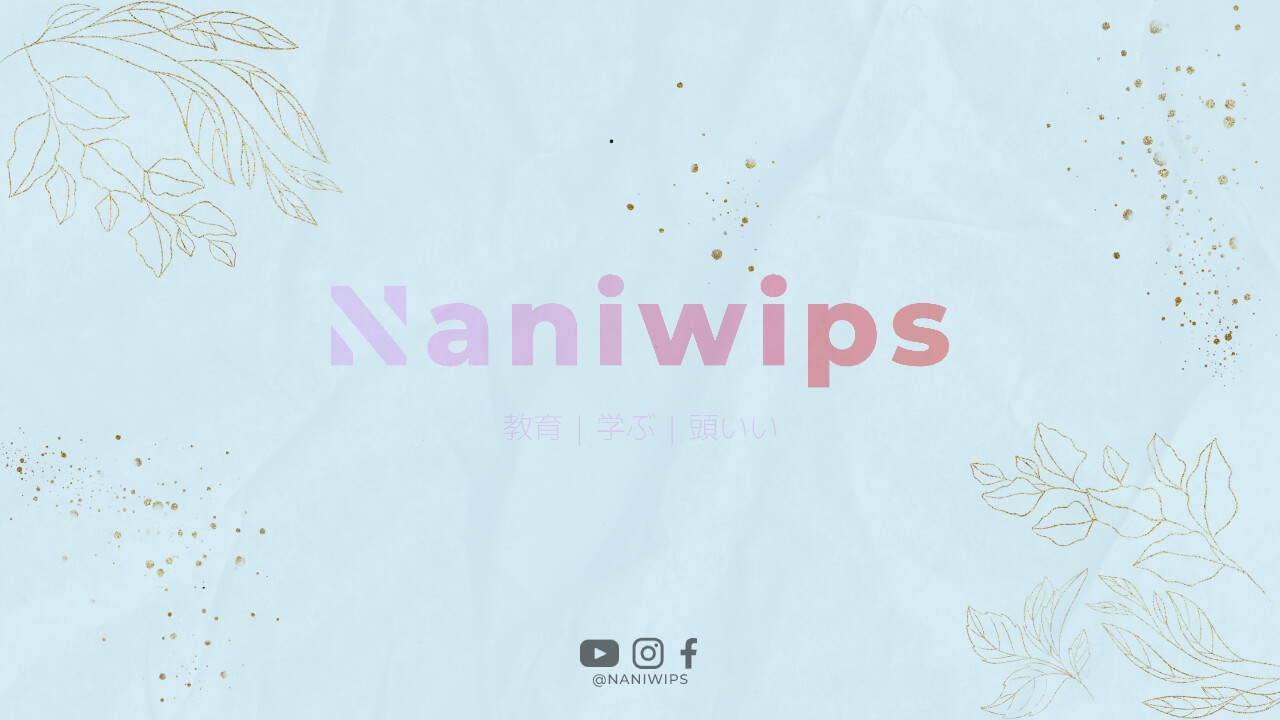Introduction
Goodbye, Mr. Despair, or Sayonara Zetsubou-sensei, is a popular manga series in Japan. It’s a dark comedy that follows the life of Nozomu Itoshiki, a high school teacher who is constantly plagued with feelings of despair. Despite its comedic nature, the series is known for its heavy themes and social commentary.One aspect of the series that has caught the attention of fans is the use of foreshadowing, or “fukusen” in Japanese. In this article, we will explore the various instances of foreshadowing in Sayonara Zetsubou-sensei and how they contribute to the overall narrative.
The Role of Foreshadowing
Foreshadowing is a literary device that hints at future events in a story. It’s a way for writers to build suspense and keep readers engaged. In Sayonara Zetsubou-sensei, foreshadowing plays an important role in setting up the plot and creating a sense of anticipation.Throughout the series, there are several instances of foreshadowing that hint at future events. These clues range from subtle hints to overt references, but all contribute to the overall narrative.
The First Hint: The Opening Credits
One of the first instances of foreshadowing in Sayonara Zetsubou-sensei can be found in the opening credits. The opening sequence features various images of Nozomu Itoshiki in despair, including scenes of him hanging from a tree and jumping off a building.These images serve as a warning of what’s to come in the series. As viewers, we know from the beginning that Nozomu is a character who struggles with despair and that this will be a recurring theme throughout the story.
The Second Hint: The Character Names
Another example of foreshadowing in Sayonara Zetsubou-sensei can be found in the character names. Each character’s name is a pun on a Japanese word or phrase, and these puns often hint at the character’s personality or future actions.For example, the character Kafuka Fuura’s name is a pun on the phrase “cafe au lait.” This hints at her sweet and innocent personality, as well as her tendency to try to help others.Similarly, the character Chiri Kitsu’s name is a pun on the word “chirijiraden,” which means “meticulous.” This hints at her obsessive-compulsive personality and her tendency to be critical of others.
The Third Hint: The Visual Clues
In addition to the character names, Sayonara Zetsubou-sensei also uses visual clues to foreshadow future events. For example, in one episode, Nozomu is shown wearing a shirt with a picture of a man hanging from a tree.This image serves as a clue to the viewer that Nozomu may be contemplating suicide. Later in the series, we see Nozomu standing on a bridge, contemplating jumping off.
The Fourth Hint: The Meta-References
Sayonara Zetsubou-sensei is known for its meta-references, or references to other works of fiction. These meta-references often serve as clues to future events in the series.For example, in one episode, Nozomu is shown reading a book called “The Catcher in the Rye.” This serves as a clue to the viewer that Nozomu may be struggling with feelings of alienation and isolation, much like the protagonist of the book.Later in the series, we see Nozomu hiding in a field of rye, contemplating his own isolation.
The Fifth Hint: The Symbolism
Finally, Sayonara Zetsubou-sensei also uses symbolism to foreshadow future events. For example, in one episode, Nozomu is shown wearing a shirt with the word “Despair” written in bold letters.This symbolizes his struggle with despair and serves as a clue to the viewer that this will be a recurring theme throughout the series.
Conclusion
In conclusion, Sayonara Zetsubou-sensei is a series that makes great use of foreshadowing. From the opening credits to the character names, visual clues, meta-references, and symbolism, the series is filled with hints and clues that contribute to the overall narrative.By using foreshadowing, the series is able to build suspense, create a sense of anticipation, and keep viewers engaged. If you’re a fan of Sayonara Zetsubou-sensei, be sure to look out for these hidden clues and see how they contribute to the story.



